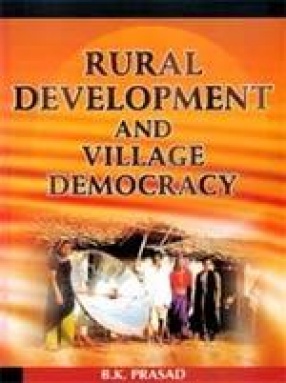The 73 Constitutional Amendment in 1993 for the first time provided a statutory imperative for the establishment of Gram Sabhas in rural India. All the state governments, conforming to the provision, accordingly provided for Gram Sabha in their respective Panchayati Raj Acts. This was a major step in the legal empowerment of Gram Sabha. Conceptually, it was generally considered as the assembly of all registered voters of a Village, Panchayat, or a group of villages. The underlying assumption is that the institution of Gram Sabha at the village level would ensure direct democracy with optimum community participation, transparency and accountability. In a way, it was a leap forward to translate the concept of "Gram Swaraja" of Mahatma Gandhi into reality. Recognizing the essence of participatory democracy at village level, the Government of India declared the year 1999-2000 as the "Year of Gram Sabha" to set the process of decentralised democracy in motion, with humar development as the core objective of planning. This signified the importance and potential with which the institution has to serve as the basic unit of village governance and could be the most effective mechanism to involve people in planning, implementing and overseeing the village development activities. It is hoped that the present volume will be helpful in crystallizing our strategy for rural development through strengthening village democracy.
Staining Technique in Botany
$14.25
$15.00






There are no reviews yet.